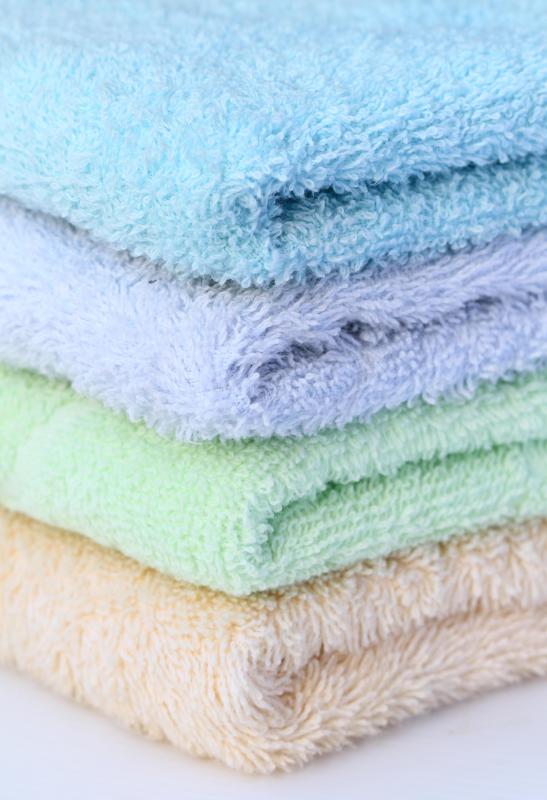At WiseGEEK, we're committed to delivering accurate, trustworthy information. Our expert-authored content is rigorously fact-checked and sourced from credible authorities. Discover how we uphold the highest standards in providing you with reliable knowledge.
What Are the Best Tips for Waxing Aftercare?
A hair removal waxing leaves the skin hairless and smooth but requires continuing care to avoid irritating the waxed area. Proper waxing aftercare will minimize the redness and irritation associated with waxing. After waxing, the skin may be tender and slightly inflamed, and care must be taken to prevent problems such as ingrown hairs and infection.
Waxed skin should be moisturized daily. Topical creams that contain anesthetic ingredients help relieve localized pain and can be used until the initial tenderness subsides. Antiseptic creams are helpful to prevent infections of the waxed area and should be used for the first three days after waxing. Any waxing that resulted in abraded skin or bleeding should definitely be treated with an antiseptic cream, and use should continue until the skin has healed. These creams can be used simultaneously.

Waxing aftercare includes not only treating the inflamed skin but preventing further damage. Exfoliating products, such as those containing alphahydroxy, should not be used for 24 hours after a waxing. Loofahs, bath scrubs, and rough washcloths will irritate the tender skin and should be avoided. Care must be taken to prevent touching the waxed area with dirty hands or scratching with fingernails.

An integral part of waxing aftercare is avoiding the sun for 48 hours. Sunlight can cause darkening, sometimes permanently, of recently waxed skin. Tanning beds and fake tanning chemicals can also cause darkening of the skin. If the sun cannot be avoided, wearing sunscreen will help protect the waxed areas and minimize the possibility of darkening. Chlorinated pools should be avoided for three days as the chlorine can further irritate the waxed skin.

Tight clothing can rub against the waxed area and lead to further irritation. Waxed areas should be covered with loosely fitting garments because snug-fitting clothes can press the remainder of the waxed hair beneath the skin and lead to ingrown hairs. Heat sources should be avoided for 24 hours. This includes heating pads, saunas, and spas. Tepid or lukewarm water should be used for bathing and showering for the first 24 hours after a waxing.

Brazilian waxes involve the pubic area, where the skin is typically tender and easily irritated. These type of waxes require special waxing aftercare. Sexual activity should be abstained from for 24 hours after the waxing. Heavy exercise and sports activity should also be avoided for 24 hours as the combination of sweat and rubbing fabric can irritate waxed skin.
AS FEATURED ON:
AS FEATURED ON:















Discuss this Article
Post your comments